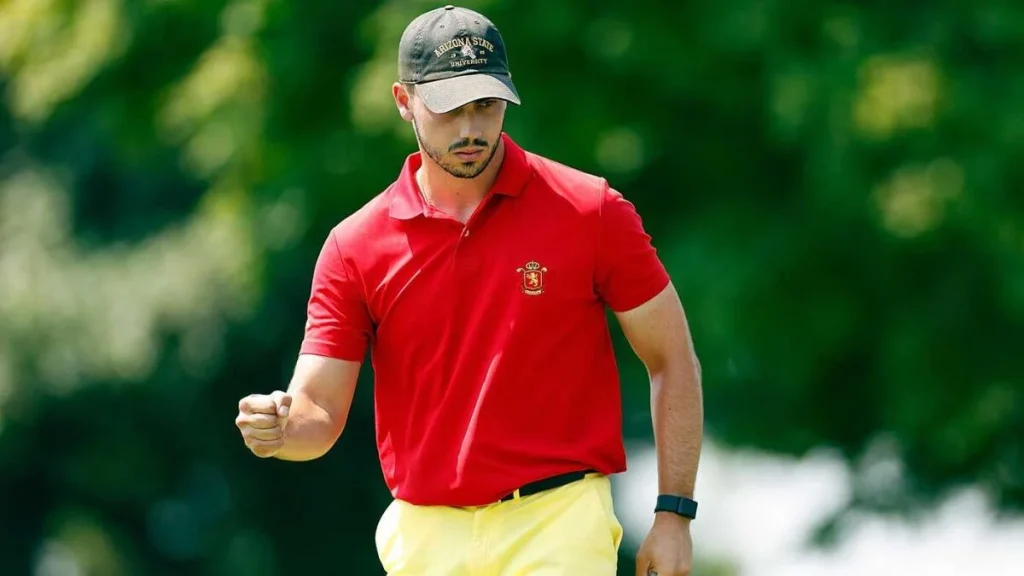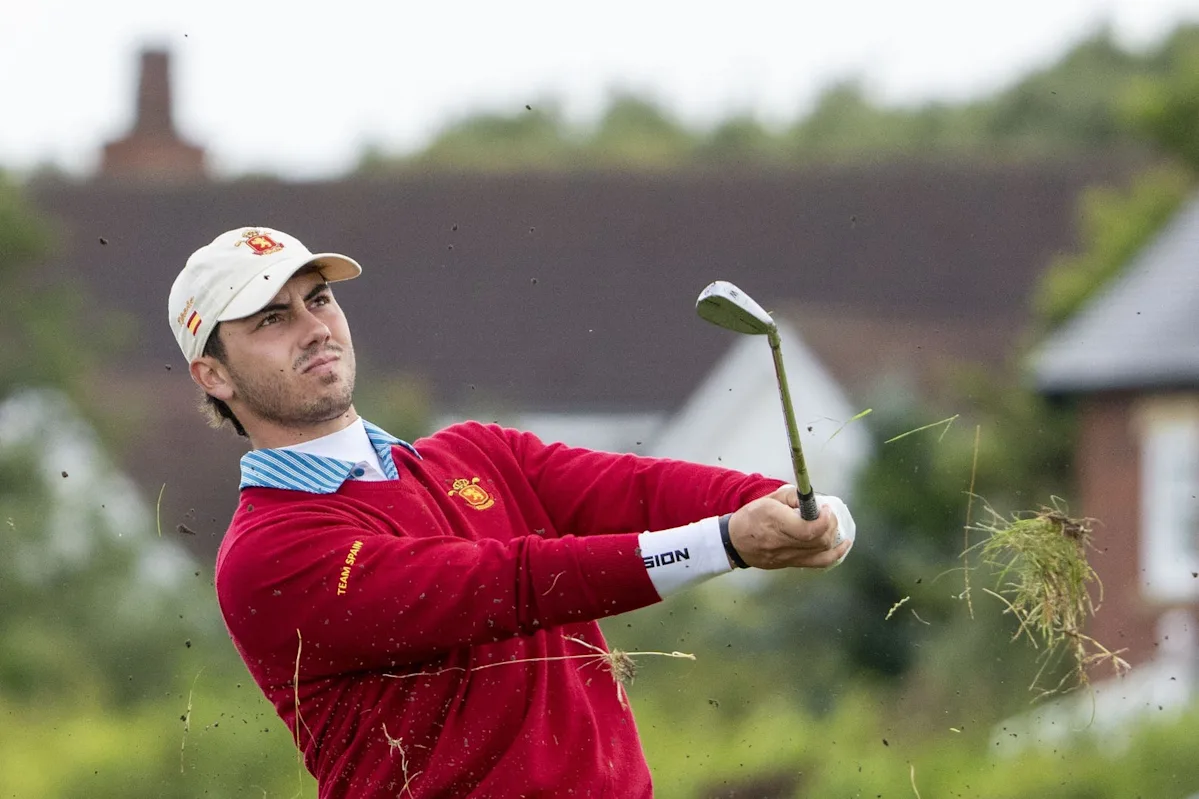For many years, The Masters Tournament at Augusta National Golf Club has been lovingly referred to as the gold standard of golfing events. It is the place where the unmatched calm of The Masters Tournament intertwines with tradition, courtesy, and the finest golfers. All of this takes place during the peak blooming season of azaleas and majestic pines. However, as LIV golfers and PGA Tour performers get ready for the 2025 edition, the LIV vs PGA debate has many of us wondering whether Augusta will ever host a real LIV-PGA fight on its sacred grounds. Given the shifting policies regarding invitations, the way people qualify through them, and the top LIV stars still vying for major titles, we expect the next Master’s is bound to deliver epic golf and a turning point in the professional sports reintegration battle.
The Changing Qualification Criteria

Traditionally, the criteria for gaining an invitation to Augusta National have hinged heavily on PGA Tour achievement – major wins, Masters finishes, and the contestant’s ranking. Since 2023, however, the club seems to have softened its cuts to invite a blend of tradition and contemporary misalignment professional tiers with golf’s fracturing leagues. While 2023 and 2024 only included a few top LIV golfers like Dustin Johnson and Brooks Koepka who managed past major wins, there are rumors that the 2025 field may extend by default to everyone in the top 16 ranked players in the world, irrespective of which tour they’re on. Should that come to fruition, the floodgates open for players such as Bryson DeChambeau and Phil Mickelson to join PGA corner mainstays, where they face off in epic showdowns that until now were thought impossible to witness at Augusta.
In its world ranking, Augusta National has slowly started to accept the LIV events’ OWGR points—albeit with some hesitation—giving motivation for LIV players to qualify. Together with the typical PGA sponsored invitations, there might be an unprecedented multi contested cross mark in the 2025 Masters, transforming the tournament from a premier showcase to a global major contest. For traditionalist fans of the game this marks the added value of flexibility and at the same time a challenge of maintaining the purest nature of the game’s traditions through powerful changes in its commercial life.
Brooks Koepka would be looking to add his cherished green jacket, and defend his title Scottie Scheffler could prove to be an exhibitor clash of conflicting rivals. That’s not all; a list could read would also features daggers of Chancellor and world Johnson, who is as hungry as ever for a second green. Hovland, the once-perennial dark horse, is bound to lose runner up status for good at the next major. Throw in the ever dangerous Paul power DeChambeau, who always aims for the fences with his trademark strength, and desperate to add a last-chance mark glory Mickelson and you got a perfect stamp defining the era spectacle.
Or maybe the most electrifying possibility is a Koepka-Scheffler final pairing on Sunday. Koepka’s vicious major-tournament temperament has always created conflict with his PGA rivals, but his bouts with LIV Tour courses have diversified his bloodthirsty approach. In contrast, Scheffler exemplifies the new guard of the PGA—calm, collected, and aggressive after highly successful title defenses. A clash between these two with only a few feet distance on the swirling contours of 18’s green would embody the magical essence of the turn divide and perhaps the cautionary coming together with skill overlooking political agendas.
Strategic Crossover Competition Implications
Aside from headliner pros, players in a blended field during the Masters will need to rethink their strategic calculus starting from the practice range onward. LIV players—more used to shotgun starts and various team formats—will need to adjust to Muirfield Village styles where anticipating the Sunday leadership board becomes essential as well as fine-tuning strategies under the merciless gaze of Amen Corner. On the other hand, die-hard PGA followers might find the commands of power-biased tactics from LIV’s papregroff bombed-and-gouged disciples disturbing.
Caddies, too, help to integrate these different philosophies. PGA Tour caddies are familiar with Augusta’s meticulously tended greens, while some LIV teams have brought in data-driven swing coaches whose analyses could refine pin-attack strategies. The merging of feel and technology could improve scoring performance—perhaps achieving sub-60 rounds—and challenge purists to embrace new evolved strategic frameworks.
Midpoint for the Division of Golf

The consequences of Augusta National successfully hosting a true LIV-PGA showdown in 2025 will touch far beyond the boundaries of April’s pristine Augusta National Golf Club. A contested fierce final ranking that displays a mix of defectors and loyalists will not only endorse the drastic qualifying changes the club has made, but also showcase the game’s ability to unify after a bitter bout. Obsessed fans severely tired of spectator blackouts and talking heads of television networks will instead get to indulge in the dream of an idealist: The best golfers in the world, no matter their affiliation, competing for the most coveted trophy in golf beneath the azaleas of Amen Corner.
This potential rapprochement relies on more than world rankings and invitations. It calls for a genuine commitment from all tours, their broadcast partners, and the governing bodies to shift to a narrative focused on competition instead of commercial turf wars. If the PGA Tour and LIV Golf align their schedules for co-sanctioned… ***insert your paragraph take here*** an integrated Masters field, golf could have even better prospects for long-term growth. An integrated approach could be beneficial for factioned television views, united sponsorship dollars, grassroots participation, and competitive perspective that foster skill, drama, and the spirit that has defined golf for centuries.

Leave a Reply